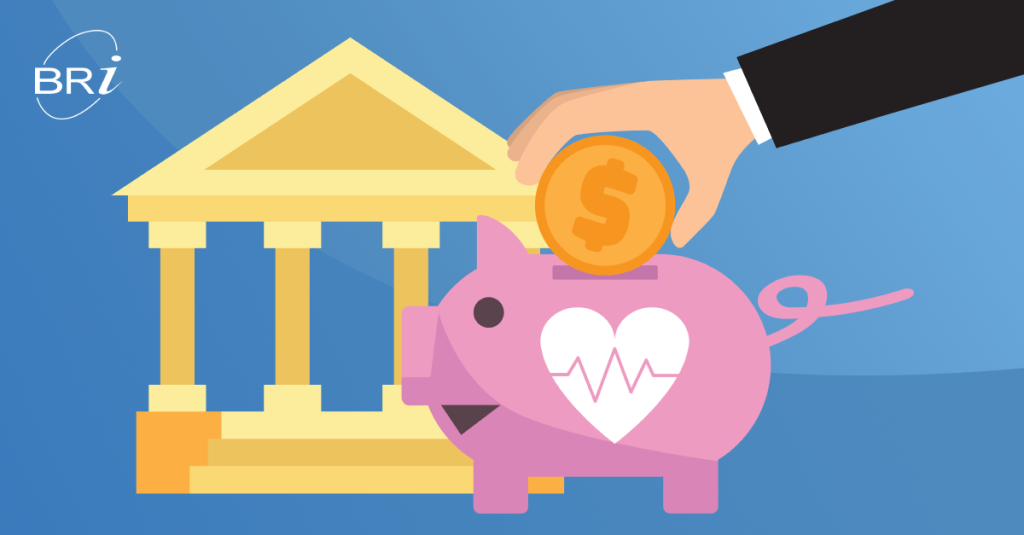It’s Jon again. I have been chronicling my adventures (and savings) with pre-tax benefits for 40 years. I have to say, I have learned a thing or two along the way. Fundamentally, we have been focused on using pre-tax accounts to pay for our medical, child care and commuting expenses for every day. But, with the kids out of the house, Sam and I need to get serious about retirement planning.
Starting with a good baseline
We know every dollar counts. So our plan is to go all in with our HSA. Historically, we have carried over $2,500 each year in our HSA for the last 35 years. It turns out that saving a little bit over the long haul can pay off. Our HSA balance has grown to over $127,000.
That is the good news. However, Money.com recently reported the average couple age 65 needs $285,000 for health care expenses in retirement. Our $127,000 is a far cry from $285,000. But, we need to start somewhere. What can we do?
Super-charge HSA contributions
We have been contributing the HSA contribution maximum, plus the $1,000 catch-up contribution for 5-years now. But, we continued to use our HSA funds and weren’t saving as much as we could. That is going to change. Our new goal is to save every dollar we contribute to our HSA over the next five years. That translates to roughly $8,000 per year or $40,000 over the next 5 years in HSA contributions.
Invest our HSA balance
We are a little late to the investing game, but if there is a chance we can increase our return, we are going to take it. Unlike other pre-tax benefit accounts, an HSA earns interest or can be invested. Over the years, our HSA balance has been held in a basic savings account and earned an average of 2% annual yield. I understand there are risks with investing, but I am looking to get more aggressive.
What to know about investing your HSA
1. Investing your HSA dollars comes with risk. You may lose value, but there is an opportunity for larger returns.
2. If you need to use your HSA to pay for current medical expenses, consider keeping some of your HSA balance in the savings account rather than investing it. Your invested dollars will not generally be accessible for quick withdrawals.
3. Know your investment options and costs. HSAs can come with a variety of investment alternatives. For a simplified investment strategy, consider using an HSA with the option to invest in a selection of mutual funds.
4. Remember the triple tax benefits of an HSA. An HSA is the only account that has the potential to be entirely tax-free. Check out these strategies for when to contribute to an HSA, 401k or IRA.
Understand your potential return
With any luck and a strong annual investment return of 12%, our HSA balance is predicted to come in at $288,000 when retirement arrives at age 65. The dream of retirement is alive and well!
Estimate your HSA future value here.



